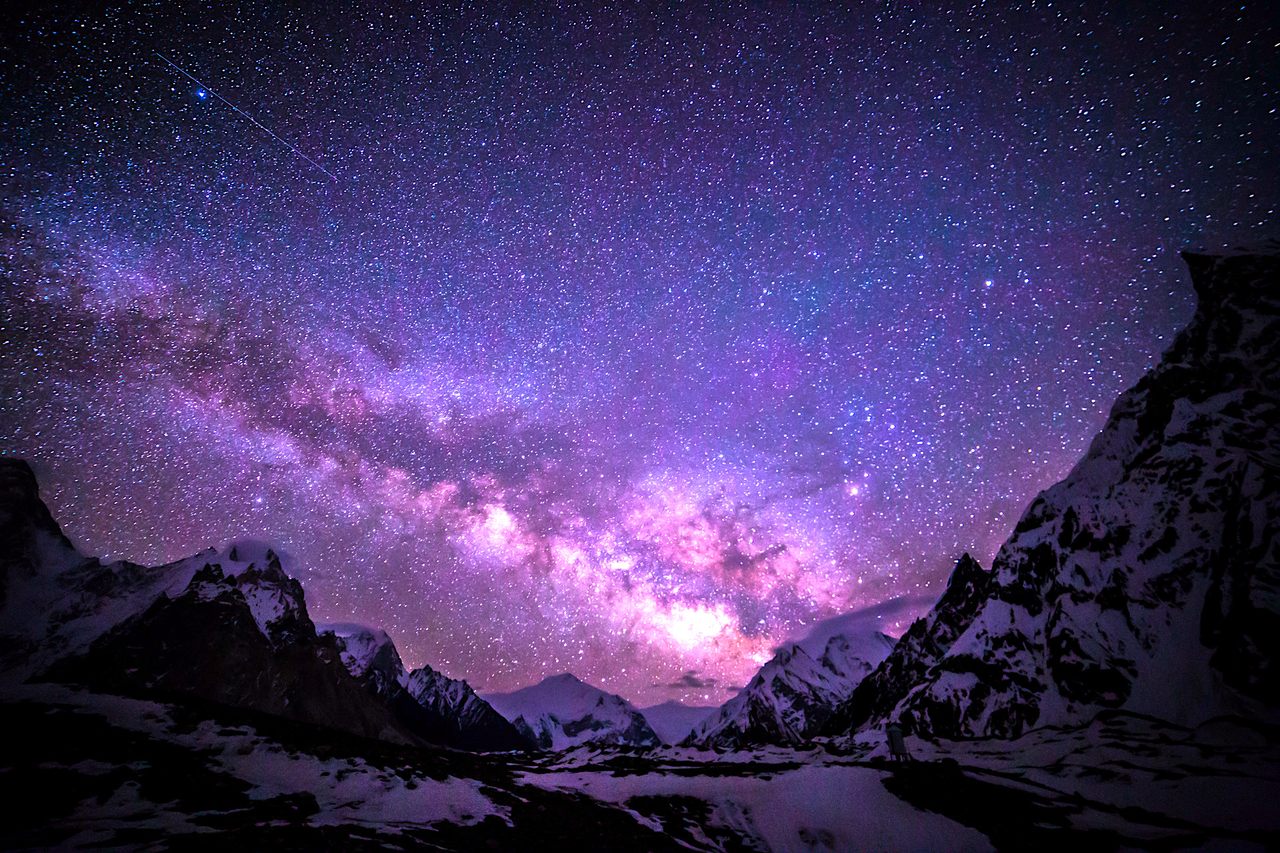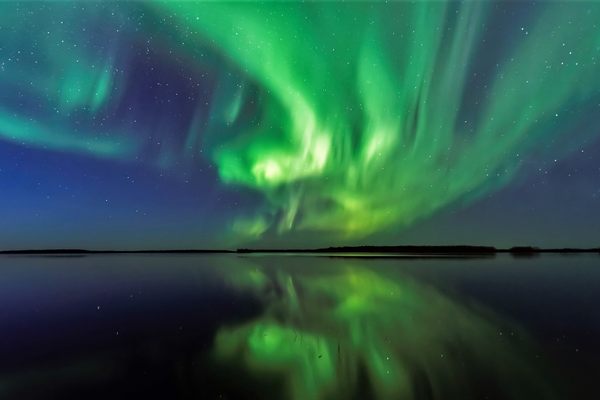The 8 Best Astronomy Books For Beginners
From Mary Roach’s hilarious look at space travel to astronaut Scott Kelly’s photos documenting a year off planet.
It’s easy to forget amid summer road trips and back-to-school to-do lists that our Earthly home is just a floating speck of blue in the vastness of the universe, that our human lives are just a blink in our galaxy’s long history. To help you (and ourselves!) carve out more time to contemplate our place in it all, Atlas Obscura compiled this list of the best books about space, the universe, and beyond. Even if you’re completely new to the topic, these books are accessible, moving invitations into the furthest reaches of our cosmos.
Sun Moon Earth: The History of Solar Eclipses from Omens of Doom to Einstein and Exoplanets
by Tyler Nordgren
On April 8, 2024, the world will go dark for millions of people across North America when, for a brief moment, the moon will completely block the sun during a total solar eclipse. It’s a phenomenon that happens about every 18 months and has, for centuries, entranced humankind. In Sun Moon Earth, astronomer Tyler Nordgren delves into how humans have interpreted these striking celestial events and what they continue to teach us.
The End of Everything (Astrophysically Speaking)
by Katie Mack
How will it all end? It’s a question that has fascinated theoretical astrophysicist Katie Mack. Will it be the Big Crunch, where the universe collapses in on itself, or the Big Freeze, where the universe continues to expand until it becomes too cold to sustain life? In her New York Times Notable Book of 2020, Mack explores five ways the universe could die. She breaks down some of science’s most complex attempts to grasp how everything comes to an end.

Abandoned in Place: Preserving America’s Space History
by Roland Miller
In these striking images, photographer Roland Miller explores the abandoned sites of America’s space race. Buildings that once teemed with NASA scientists and astronauts have been left to time and the elements. Miller’s haunting images document these deserted sites: the control rooms, launch towers, tunnels, and other infrastructure that once played a crucial role in early space exploration. His images invite us both to stand witness to humanity’s past achievements and to reflect on the impermanence of those accomplishments.
The Milky Way: An Autobiography of Our Galaxy
by Moiya McTier
“I have loved the stars too fondly to be fearful of the night,” opens McTier’s captivating “autobiography” of the galaxy, quoting 19th-century poet Sarah Williams. The moon and sun, in her telling, are McTier’s parents, and the star-filled night is her home. As a Harvard-trained folklorist and astrophysicist, McTier shares the story of our Milky Way’s complex astronomy with scientific rigor, and its mythology with a poetic touch. This is the perfect book if you want to learn about the stars while also getting lost in their beauty. (And if you fall in love with McTier’s galactic autobiography, you can sign up for her Atlas Obscura course, Facts-Based Worldbuilding.)
Five Billion Years of Solitude: The Search for Life Among the Stars
by Lee Billings
Earth is the only planet scientists know of that supports life—but that may not be the case forever. In Five Billion Years of Solitude, science journalist Lee Billings spends time with some of astronomy’s greats, such as Frank Drake, who used a massive radio telescope to send a signal to (potential) extraterrestrial life, and Sara Seager, who studies neighboring stars in search of life-bearing planets. This book—a favorite of Atlas Obscura cofounder, Dylan Thuras—brings one of science’s biggest questions down to Earth so we can all understand the pioneering work of the scientists determined to find what, or who, may be out there.

Infinite Wonder: An Astronaut’s Photographs from a Year in Space
by Scott Kelly
Ever wonder what it would be like to spend a year in space? Thanks to astronaut Scott Kelly’s collection of photographs, you can get a glimpse. During his yearlong mission aboard the International Space Station (ISS), Kelly mastered some unique off-planet photography skills. Given that the ISS travels 17,500 miles an hour, Kelly learned to pan his camera as the shutter released so his photographs would appear crisp and clear. Those photos, alongside Kelly’s captions, reveal an intimate and moving portrait of what life aboard the ISS is like.
Packing for Mars: The Curious Science of Life in the Void
by Mary Roach
Dubbed “America’s funniest science writer” by The Washington Post, Mary Roach is at it again in this enjoyable romp through space travel. Humans, unsurprisingly, are extremely ill-equipped to live in outer space. And Roach is here to explore just how on Earth, or more specifically how in orbit, we do it. From an astronaut training toilet to space food, Roach answers questions you didn’t even know you had about what it takes to survive in a place where humans were never supposed to go.
The Disordered Cosmos: A Journey into Dark Matter, Spacetime, and Dreams Deferred
by Chanda Prescod-Weinstein
Everyone has a right to look up and marvel at the night sky. But for centuries, scientific institutions restricted who is allowed to study its mysteries. In her prize-winning debut, theoretical physicist Chanda Prescod-Weinstein weaves together stories of the cosmos with social justice. She delves into theories of dark matter and breaks down what she calls “the physics of melanin”—because it’s all part of the same story. Regardless of one’s race or sexual orientation, we all came from the same supernova.
Each item is independently selected by our editorial staff. If you buy something through our links, Atlas Obscura may earn an affiliate commission.


















Follow us on Twitter to get the latest on the world's hidden wonders.
Like us on Facebook to get the latest on the world's hidden wonders.
Follow us on Twitter Like us on Facebook